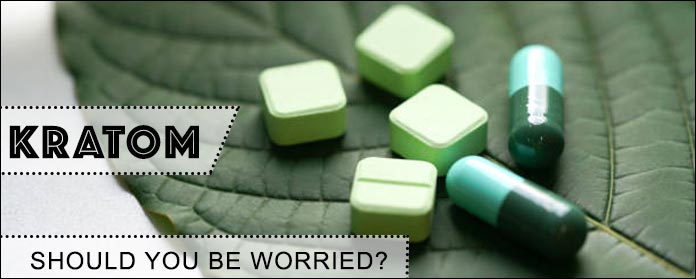It seems like every few years or so we encounter a new substance that sees widespread abuse throughout society. As the 2010’s come to a close, the consumption of a drug called kratom is becoming more and more common.
Native to Southeast Asia, kratom is a tree that grows in the region’s more tropical environments. The compounds in the leaves are able to induce psychotropic effects on the user, which can alter his or her state of mind.
As you can expect, this has led to thousands of curious people trying the drug to see what it can do for them.
While kratom usage may be increasing in the US, there are many things you need to know about it and what can result from taking it.
Not sure where to start? Don’t worry, we’ve got you covered.
Read on to learn why it’s a much bigger problem than it first seems.
[toc]
How People Use Kratom
As previously mentioned, kratom leaves are consumed for the mind-altering effects that they have. There are multiple ways to consume it. These include smoking, ingesting capsules, or brewing the leaves in tea.
Many decide to consume kratom recreationally. But, many people report becoming addicted to it due to the way the drug interacts with the brain’s opioid receptors.
Aside from addiction, there are other effects the drug can have on users.
Let’s take a look.
Dangers
Since so little is known about kratom, many people are unaware of the dangers they are facing when they choose to consume it. There’s a reason other countries have outlawed it.
This lack of information also makes it difficult to avoid overdosing, which could prove to be potentially catastrophic for unwary users. As previously mentioned, there are a handful of detrimental side effects kratom can have.
Here’s what you need to keep an eye out for.
Addiction
The longer and more often you use kratom, the higher the chances are you will develop a dependency on it. Kratom has highly addictive properties due to the way that it interacts with the human brain.
Casual use can easily develop into an unhealthy dependency that has the potential to damage your body over time. Of all the dangers that kratom poses to users, addiction is perhaps the most alarming.
Not only will you have to manage physical dependency on kratom, you’ll have to deal with the effects of withdrawal when attempting to curb your usage.
There are a handful of key signs that someone is addicted to kratom:
- Weight loss
- Mood swings
- Engaging in risky or uncharacteristic behavior
- Lack of communication with friends and family
If you or a loved one exhibit these signs or behaviors, it may be time to seek treatment to help get back to normal.
But, don’t worry. Beginning the journey to recovery isn’t as difficult as it may seem.
It’s Unregulated
One of the biggest concerns kratom users should have about consuming kratom is that the U.S. Food and Drug Administration (FDA) does not regulate its use.
In fact, the organization even found itself having to issue warnings to companies that marketed and distributed kratom products.
Not only were these businesses offering kratom products to consumers, they were making unproven claims about its benefits. Some of these included treating cancer and lowering high blood pressure.
Unwary customers could end up with a slew of further health issues if they attempt to use kratom to fight the aforementioned conditions.
Not only are the supposed benefits of kratom unproven– obtaining kratom isn’t even always safe.
When consuming kratom you’ve acquired from someone you don’t know, you run the risk of not knowing the true potency.
There is the possibility that kratom may be cut or laced with other more harmful substances.
These substances typically include other dangerous opioids like hydrocodone and tramadol. As you may expect, a situation like this could result in severe injury or even death.
After addiction, kratom’s lack of regulation is the most dangerous threat it presents to users.
Physical Side Effects
Like many other drugs, kratom affects everyone differently. Some people may not have any issues, while others may experience various physical side effects. These include:
- Dry mouth
- Loss of appetite
- Itching
- Nausea
- Excessive sweating
- Dizziness

These side effects become more prevalent when higher dosages of kratom are consumed.
However, since kratom is not as extensively researched as other drugs, there lies the possibility for additional, more harmful side effects to arise.
Thus, the best way to prevent these complications is to avoid using the drug altogether.
Unknown Results from Mixing with Other Drugs
Once again, lack of regulation by the FDA can be detrimental to those who choose to consume it. For example, when mixed with other drugs, kratom can go from a pain-relieving, soothing substance to a cause of seizures in users.
In addition to recreational use, people often consume kratom for its pain-relieving properties. But, combining kratom with other pain relief substances could end up with you in the hospital.
How to Protect Yourself
Kratom is a dangerous trend that not enough people are educated about. Educating yourself and others about its dangers can help prevent the drug from ever becoming an issue.
The best method to avoid the dangerous side effects of kratom is, of course, abstaining from drug use entirely. But, if you find yourself struggling, you can always contact us. We’ll find a way to help you.
Want to learn more about different substances and the effects they can have you? Check out our blog!





